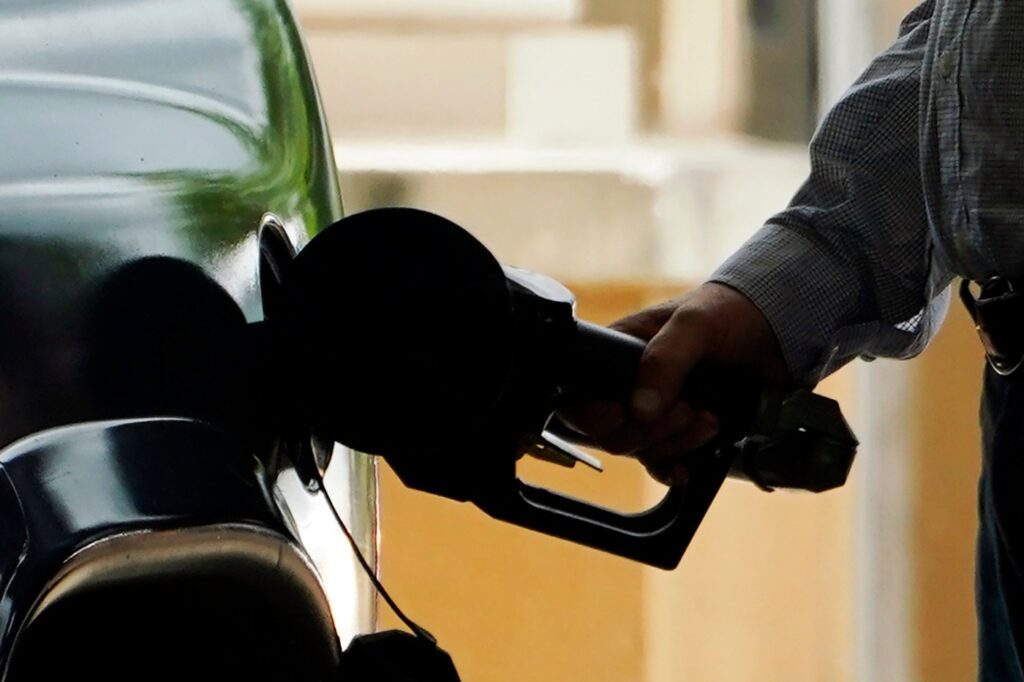
Gas prices are decreasing while electricity costs are on the rise, creating a complex economic landscape that may affect candidates in the upcoming midterm elections. Recent data from the Labor Department indicates that average energy costs for U.S. households are trending upward, contrasting sharply with declining gas prices at the pump. The Energy Information Administration projects the national average gas price will be around $2.90 per gallon next year, a decrease of approximately 6% from this year.
Analysts suggest that gas prices below $3 per gallon may become a lasting trend. “With more than 40 states seeing gas prices decline and oil tumbling below $60 per barrel, the good news may continue if the national average hits that magical $2.99 mark,” said Patrick De Haan, head of petroleum analysis at GasBuddy, in a statement to USA Today last week. This situation marks a significant shift from recent years when prices frequently hovered around $100 per barrel.
Several factors are contributing to this unusual energy market dynamic. Crude oil prices have dropped below $60 per barrel, partially due to geopolitical tensions. The potential imposition of new tariffs on China by former President Donald Trump has raised concerns about global oil demand. These tariffs, along with recent restrictions from Beijing on rare earth exports, could further impact the market.
Simultaneously, the Organization of Petroleum-Exporting Countries (OPEC+) is increasing production despite a decrease in global demand. This strategy has resulted in a reduction of Brent crude prices from $65 to $63 per barrel. While consumers benefit from lower pump prices, major energy companies like Exxon, Chevron, Shell, and BP are responding to industry-wide downturns by cutting jobs and reducing operational costs.
Despite lower gas prices, electricity costs have surged at a rate double that of overall inflation since the pandemic. This increase is not directly tied to fuel markets. According to analysts, the aging infrastructure responsible for electricity distribution in the U.S. is in urgent need of updates. Robinson Meyer, founding executive editor of Heatmap News, noted that utilities are racing to replace outdated equipment in response to increased incidents of destructive storms, floods, and wildfires.
The rise in electricity demand is compounded by the rapid construction of data centers, driven by the growth of artificial intelligence and electric vehicles. Meyer explained, “We’ve had the grid for a long time, and it’s time for those systems to be replaced. Unfortunately, they’re beginning to be replaced at the same time as we’re seeing rising electricity demand for the first time in a generation.”
This escalating energy cost situation is influencing political dynamics, particularly in states like Virginia. There is bipartisan support for legislation aimed at slowing down data center construction due to concerns about rising electricity prices. Both Republican and Democratic candidates in Virginia are attributing the surge in energy costs to these facilities.
“I think we should, personally, block all future data centers,” said Patrick Harders, a Republican candidate for a local board of supervisors’ seat. His Democratic opponent, George Stewart, echoed this sentiment, labeling data centers a “crushing weight” on Virginians.
While some Republican leaders, including gubernatorial candidate Winsome Earle-Sears, advocate for data center construction, they attribute rising energy prices to Democratic policies and environmental regulations. Earle-Sears criticized her opponent, Abigail Spanberger, for supporting renewable energy solutions, questioning the feasibility of relying solely on solar and wind power. Spanberger countered that large tech companies should be responsible for their own energy costs.
As the midterm elections approach, the interplay between fluctuating gas prices and rising electricity rates may shape the political landscape, with candidates facing pressure to address these pressing economic issues.







